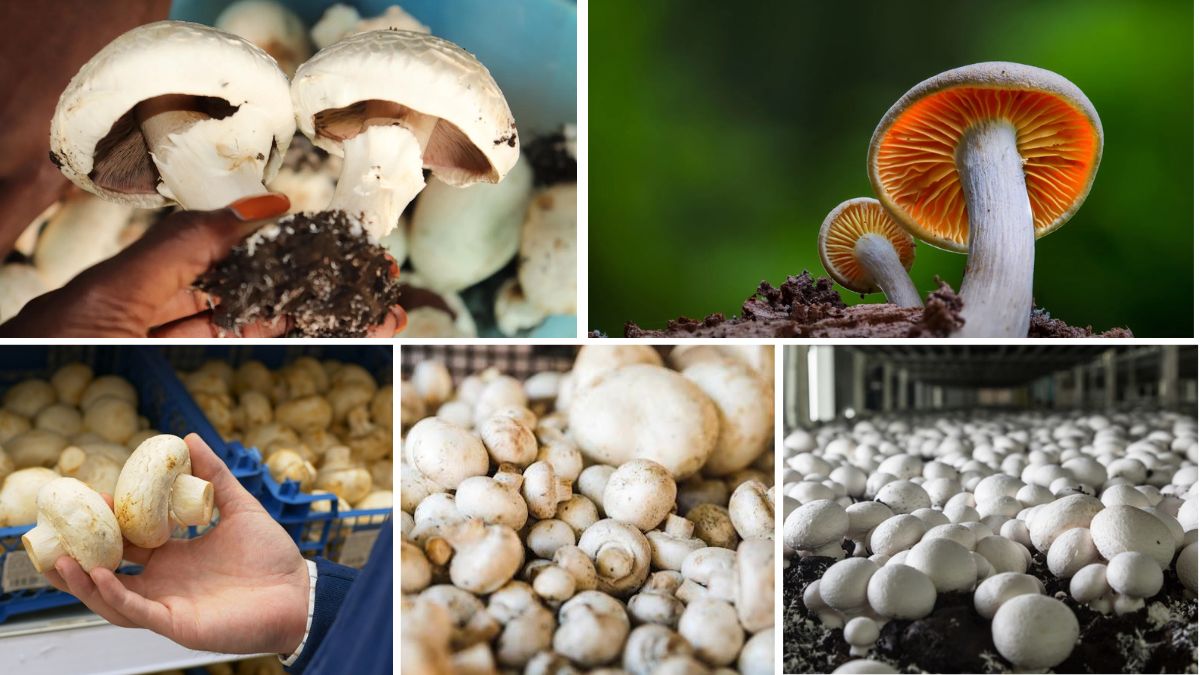Mushrooms, often referred to as the “meat of the vegetable world,” are a staple in cuisines worldwide. Their rich umami flavor, versatility, and nutritional benefits have made them a favorite among chefs and home cooks alike. But behind every mushroom dish lies a vast and intricate global industry. So, which country leads the world in mushroom production?
China: The Undisputed Global Leader

When it comes to mushroom production, China stands head and shoulders above the rest. In 2024, China produced an astounding 5,150,000 metric tons of mushrooms, accounting for approximately 93% of the world’s total production. This dominance is not a recent development; China’s supremacy in mushroom cultivation has been consistent for decades.
Why China?
Several factors contribute to China’s position as the global mushroom powerhouse:
- Ideal Climate: China’s diverse climate zones, from temperate to subtropical, provide optimal conditions for various mushroom species.
- Advanced Cultivation Techniques: Over the years, China has developed and refined mushroom farming techniques, leading to increased yields and efficiency.
- Scale of Production: The sheer scale of China’s mushroom farms allows for economies of scale, making production more cost-effective.
- Domestic Consumption: With a population exceeding 1.4 billion, domestic demand for mushrooms is substantial, further driving production.
The most commonly cultivated mushroom in China is the Agaricus bisporus, known as the white button mushroom. However, China also produces significant quantities of other varieties, including shiitake, oyster, and enoki mushrooms.
Italy: A European Leader
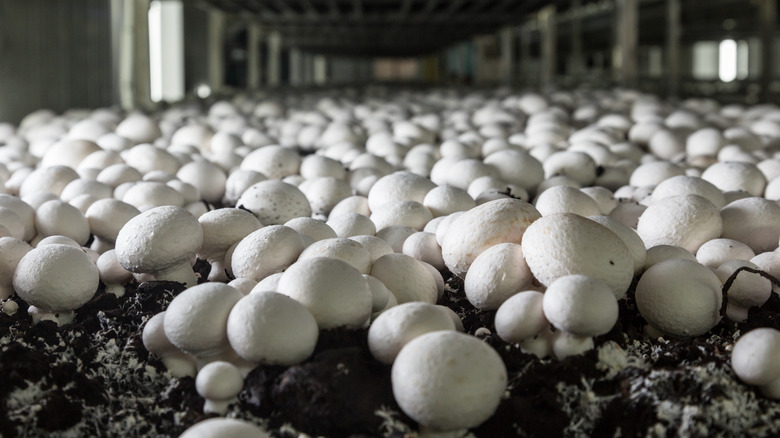
Following China, Italy is the second-largest mushroom producer globally. In 2024, Italy produced approximately 785,000 metric tons of mushrooms. The country’s rich agricultural heritage and favorable climate conditions make it an ideal location for mushroom cultivation.
Key Factors for Italy’s Success:
- Traditional Farming Practices: Italy’s long-standing tradition of agriculture, combined with modern techniques, ensures high-quality mushroom production.
- Diverse Varieties: While Italy produces a significant amount of Agaricus bisporus, there’s also a focus on specialty mushrooms like porcini, which are highly prized in Italian cuisine.
- Export Market: Italy’s mushrooms are in high demand across Europe and beyond, contributing to its strong production numbers.
United States: A Significant Contributor
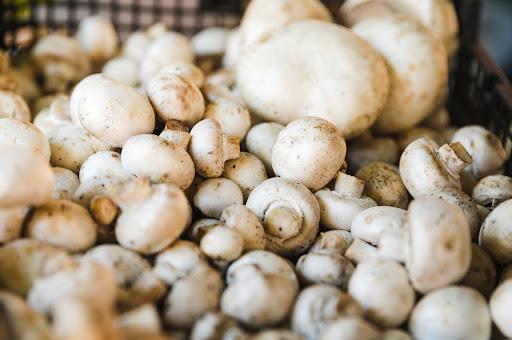
The United States ranks third in global mushroom production, with approximately 388,450 metric tons produced in 2024. Mushroom cultivation is particularly prominent in states like Pennsylvania, California, and Florida.
Contributing Factors:
- Technological Advancements: The U.S. has invested heavily in research and development, leading to innovations in mushroom farming techniques.
- Large Domestic Market: With a population of over 330 million, the U.S. has a substantial domestic market for mushrooms, both fresh and processed.
- Diverse Production: While Agaricus bisporus dominates, there’s also significant production of specialty mushrooms like shiitake and oyster.
Other Notable Producers
While China, Italy, and the United States lead global production, several other countries contribute significantly to the world’s mushroom supply:
- Netherlands: Approximately 307,000 metric tons produced in 2024. Known for its advanced farming techniques and high-quality mushrooms.
- Poland: Around 220,000 metric tons produced. Poland has a strong tradition of mushroom cultivation, particularly in rural areas.
- Spain: Approximately 146,000 metric tons produced. Spain’s favorable climate and growing demand contribute to its production numbers.
- France: Around 116,574 metric tons produced. France’s diverse culinary culture drives mushroom consumption and production.
- Iran: Approximately 87,675 metric tons produced. Iran’s growing agricultural sector includes a focus on mushroom cultivation.
- Canada: Around 82,000 metric tons produced. Canada has a strong domestic market and exports to various countries.
- United Kingdom: Approximately 73,100 metric tons produced. The UK has a long history of mushroom cultivation, particularly the white button variety.
Economic and Environmental Implications
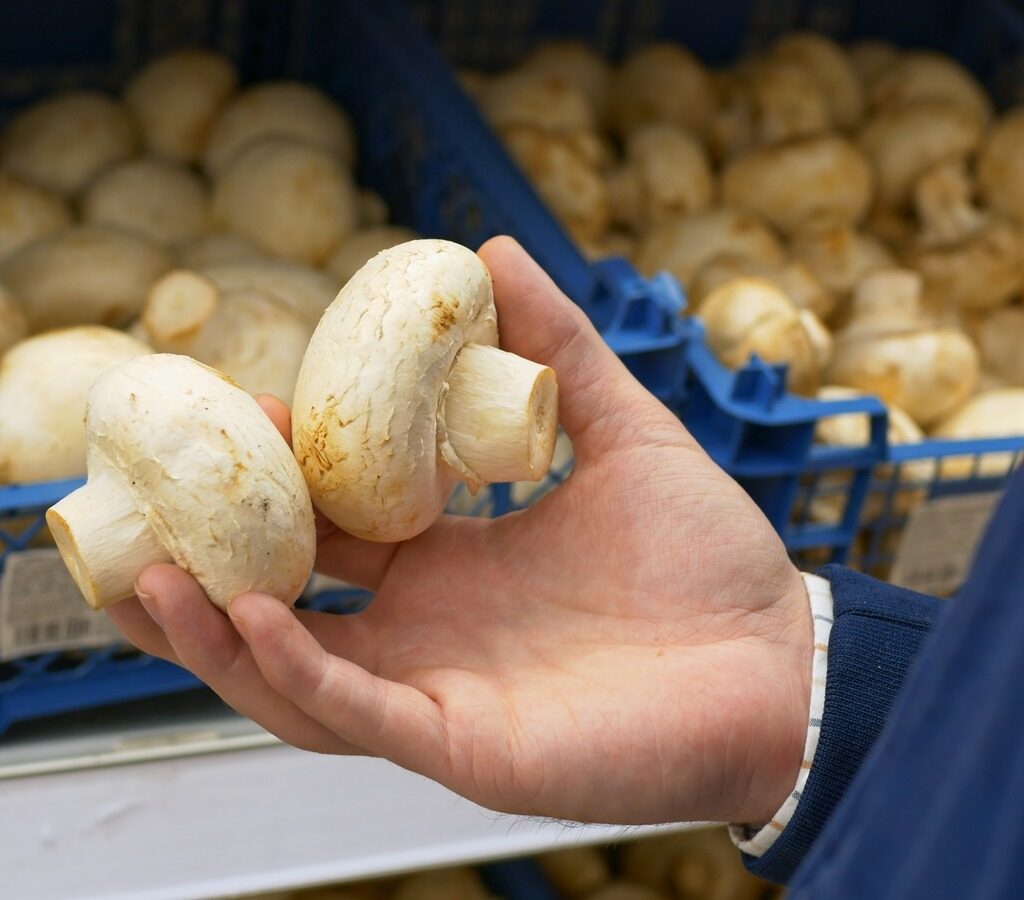
Mushroom farming is not only a significant agricultural activity but also has economic and environmental implications:
- Economic Impact: Mushroom production provides employment opportunities, especially in rural areas. It also contributes to the agricultural GDP of producing countries.
- Sustainability: Mushrooms are considered an environmentally friendly crop. They require less water and land compared to many other agricultural products. Additionally, they can be grown on organic waste materials, promoting recycling and reducing waste.
- Health Benefits: Mushrooms are a rich source of vitamins, minerals, and antioxidants. They are low in calories and fat, making them a healthy addition to diets worldwide.
Challenges in Mushroom Production
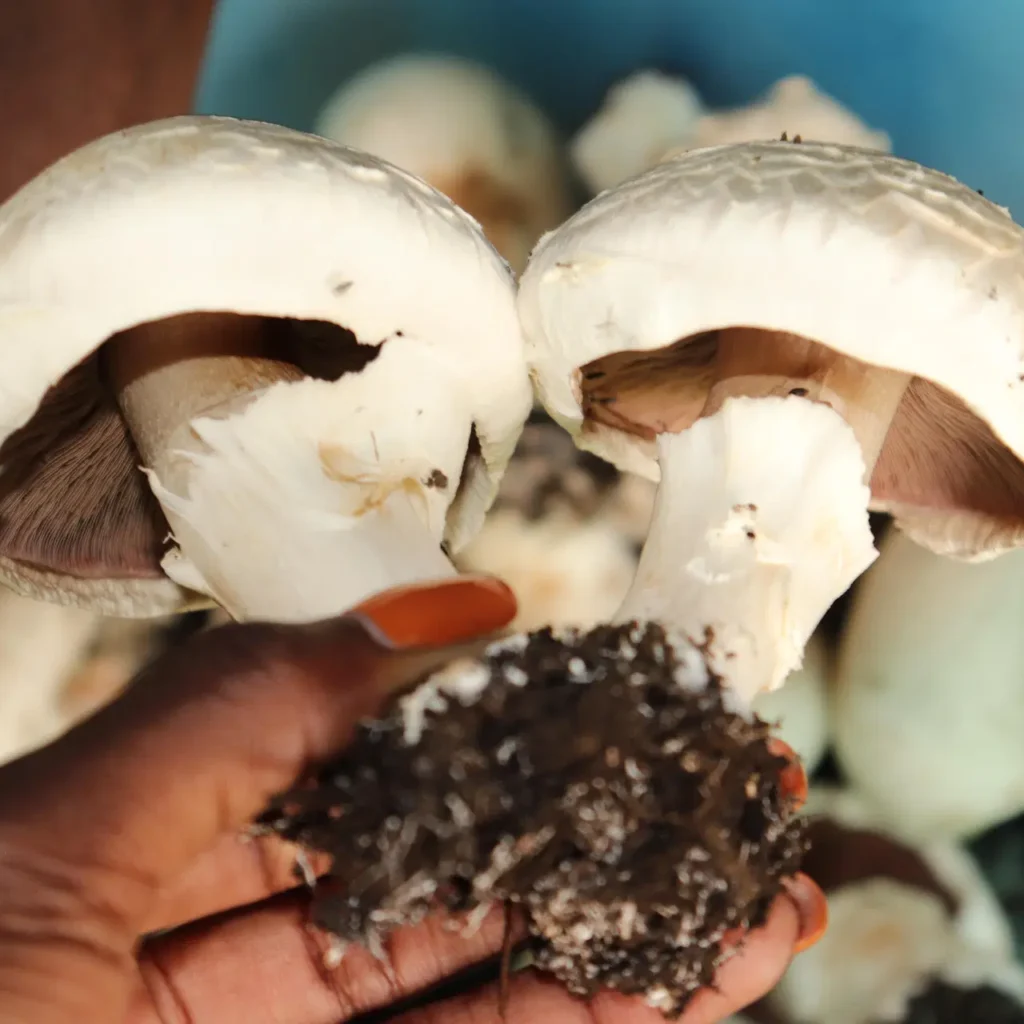
Despite its dominance, mushroom production faces several challenges:
- Labor Intensity: Mushroom farming is labor-intensive, requiring skilled workers for tasks like harvesting and packaging.
- Perishability: Mushrooms have a short shelf life, making transportation and storage challenging.
- Disease Management: Mushrooms are susceptible to various diseases and pests, necessitating effective management strategies.
- Market Fluctuations: Prices can fluctuate based on supply and demand, affecting the profitability of mushroom farming.
The Future of Mushroom Production
The global mushroom industry is poised for growth:
- Increasing Demand: As consumers become more health-conscious and explore plant-based diets, the demand for mushrooms is expected to rise.
- Technological Innovations: Advancements in farming techniques, such as vertical farming and automation, can enhance production efficiency.
- Sustainability Initiatives: There is a growing emphasis on sustainable farming practices, including organic cultivation and waste reduction.
- Global Expansion: While traditional producers dominate, emerging markets in Africa, Latin America, and Asia are beginning to invest in mushroom cultivation, diversifying global production.
Conclusion
China’s unparalleled dominance in global mushroom production underscores its significant role in the agricultural sector. While other countries like Italy and the United States contribute substantially, China’s scale, expertise, and infrastructure make it the undisputed leader. Understanding the dynamics of mushroom production in China provides valuable insights into global agricultural trends and the factors that drive the success of this vital industry.
